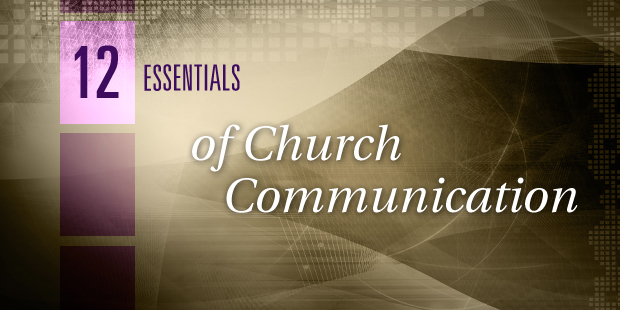
Six Tips for Using Instagram in Your Church
Stop me if you’ve heard this one before: Instagram is a pretty big deal.
It’s not breaking news but something I thought about as I was going to bed last night. I was about to fall asleep when I realized I hadn’t checked my Instagram feed. I reached from my bed, grabbed my phone and scrolled through the square, filtered photos of people, buildings, foliage, workouts, posters and, of course, food. I commented, Liked and even searched through a few hashtags to find fellow Instagrammers who share my passions.
For the better part of the last decade, I haven’t checked a social media platform not named Facebook or Twitter daily until now. Instagram has quickly become one of the top three social networks, and since photos are more personal than a 140-character statement, it has the potential to connect brands with fans on a deeper level than Twitter.
Instagram is a channel that brands soon won’t be able to ignore, and innovative brands are already making waves on the platform.
Here are a few tips for steering your brand’s journey on Instagram:
1. EMPLOY USER-GENERATED CONTENT
If you can motivate your fans to submit photos of their own, like pictures of them using your product or just living your brand story, add them to your Instagram stream. Sharpie does this well, often featuring works of art created with its pens and markers.
2. OFFER A GLIMPSE INTO YOUR HUMANITY
While Instagram can be a place to feature your products in action, consider using it exclusively as a place where your brand’s fans can get a glimpse behind the scenes. Feature photos of faces and places they never get to see. Show them that your brand is more than just the product or service you sell. The Boston Bruins have done a great job of this, especially while the league is in a lockout. The team often shares photos of their fans, the players, and the organization’s philanthropic endeavors.
3. PRODUCT IN ACTION
There’s no hard data to back this up, but I’d bet that Instagram features more photos of food than any other subject. Outback Steakhouse and other restaurants have used Instagram as a place to find photos of all their dishes in their filtered glory. There’s a thin line between sharing great content and being overly promotional, so be considerate when sharing photos of your product in action.
4. CONSIDER USING TEXT, BUT NOT TO BRAND OR COPYRIGHT
Overgram and other apps allow you to add text to your Instagram photos. Add a hashtag, give credit for user-generated content, or just add creative copy that will resonate. But use it for good, not evil, and not on every photo. It’s not a place to stamp your brand mark or try to copyright your images. In fact, doing this will make it very unlikely that the photo will be shared with your audience’s audiences.
5. DEDICATE DESIGN RESOURCES
Instagram has challenges that other social channels do not. The app is purely mobile, so the photos have to be at least published, if not taken, from a phone. Make sure your Instagram community manager knows the brand’s tone of voice well enough and has an eye for photography so he or she can capture the right kinds of photos.
6. HASHTAGS
The best way to find users with a common interest is through hashtags. This is a feature that quickly caught on because of its popularity on Twitter. Are you a sneaker brand? Check out #kicksoftheday. Instagram will even help you with similar suggestions and sort them by popularity. Create your own hashtag, like Tiffany’s did with #TrueLovePictures, to activate fans on Instagram.
Remember, there’s a risk and reward here. Instagram isn’t the best social network to help you drive traffic to your site or be a conduit for e-commerce as well as Twitter or even Facebook will. It’s this inability to “sell,” however, that allows Instagram users lower their guard and embrace the brands that use the platform well.
See more from Jon here.

Tags: Attention, Awareness, Brand, Jon Thomas







































